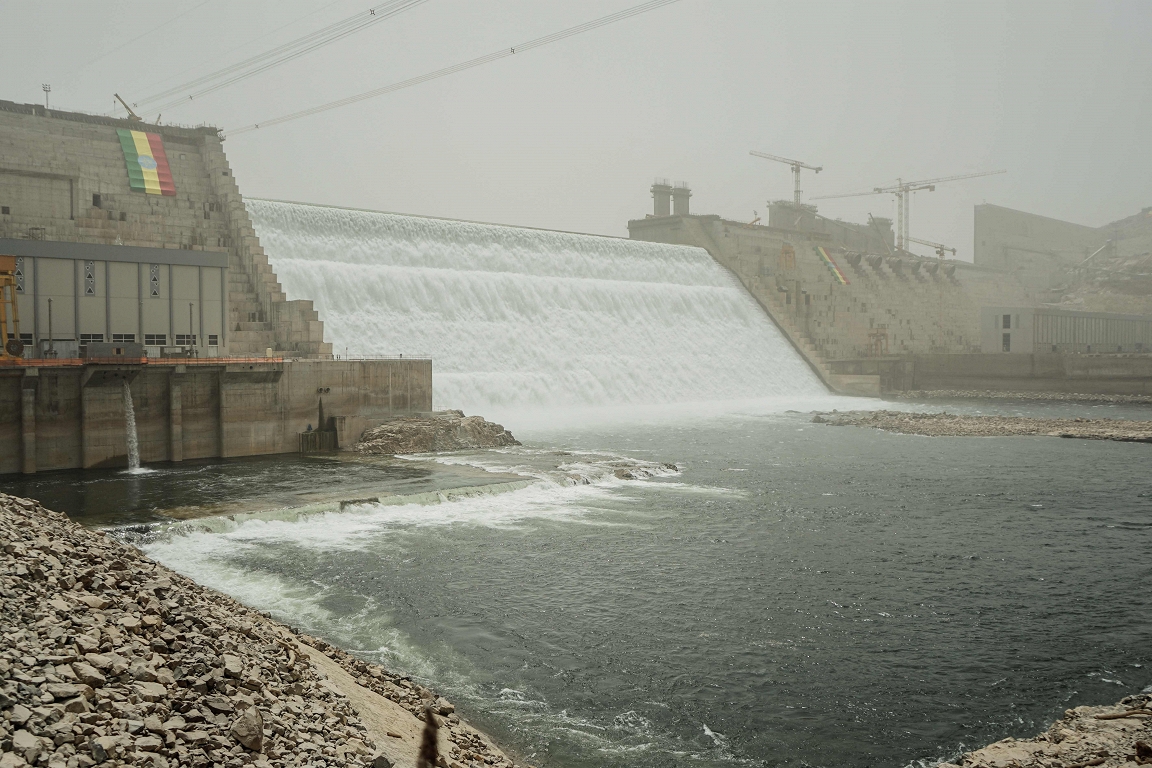Water « War » Panorama / Day

Wars for accessing drinking (which at the same time means agriculture and other) water resources is obviously as old as the history of mankind. The oldest of such wars that news is considered is the series of armed conflicts between two Sumerian cities, Lagash and Umm, which began in about 2500 PM ER. and continued for a century and a half. In addition, even very serious external threats from the Academy of Neighbors were unable to lead to this fight.
These oldest of the historian -known battles for water resources were ran into the lands of the then Divupe or Mesopotamia (oldest civilization in the world) in the territory of today’s Iraq, but fought both the Sumerian cities, the Academy and others interested in access to the waters of the Tigra and Euphrata river basin. Although about 4.5 thousand years have passed since these events, the waters of Tigres and Euphrates are still the cause of disagreement and military clashes.
There are a similar situation in a number of other historical and contribution to the development of all civilization – Nile, Indus and Mekong – in the pools. In the world, there are just over 50 countries in the world, according to the United Nations (UN) estimates that may prove (but in some cases, de facto is already involved) in armed conflicts of access to water sources. In addition, it should be remembered that nowadays freshwater resources are no longer only for agriculture or fishing, but also as a source of electricity, which makes these resources even more important than in previous periods of history.
Big Revival Dam
The best known disagreement on water resources, however, is related to the Nile River and African countries such as Egypt and Ethiopia. Or, more precisely, with the Ethiopian government’s efforts to reduce catastrophic electricity deficits, which causes the blue Nile to be built (called the Big Revival Dam – Grand Renaissance Dam), the power plant and an impressive size reservoir that is gradually approaching.
This project has a major impact on several more neighboring countries, and it must be explained here that although the Nile is associated with Egypt, the reality is quite different from these perceptions. Most of the Nile and, of course, its delta are in Egypt, but none of the main tributaries of the Nile, of which this river can be said to be dependent on Egypt. The two main tributaries, or rather the rivers that forms the Nile (although there is no consensus among geographers on this issue) are the White Nile and the Blue Nile. The first begins its flow from Lake Victoria in Uganda, and the second and the largest of the two from Lake Tan in Ethiopia, and the Sudan capital, Hartum, is replaced by both of these rivers. Accordingly, Ethiopia can have a significant impact on the situation in Sudan and Egypt, about 30 kilometers from the Sudan border.
Read the entire article in the magazine Saturday 17. – April 24th! The contents of the magazine in both printed and digital format can be subscribed to our new website Here!




:format(webp)/s3/static.nrc.nl/images/gn4/stripped/data133212425-ae69bf.jpg)


